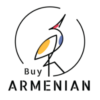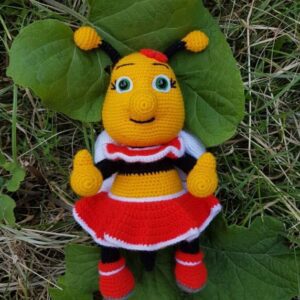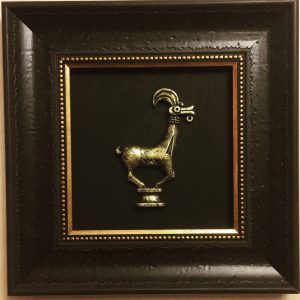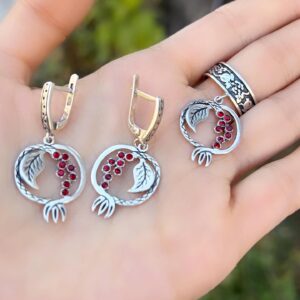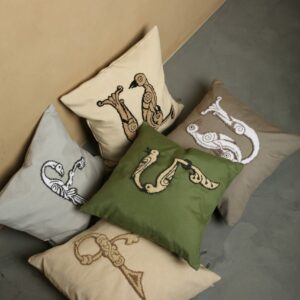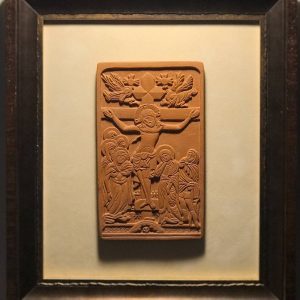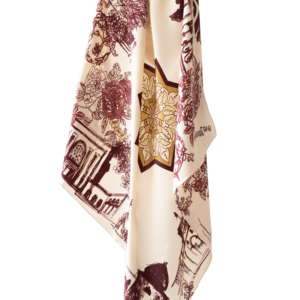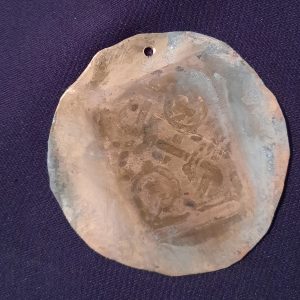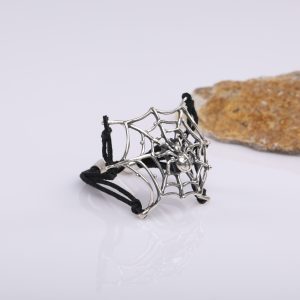-
Dried Plum
Armenian plum dried under sun , without sugar and other preservatives.
Keep in the refrigerator.$10.00Dried Plum
$10.00 -
Knitted Bee Doll
Մեղու 25 սմ, շորիկն ամրացվել է, ոտքերն ու ձեռքերը շարժվում են, կարող է նստել կամ կանգնել
$50.00Knitted Bee Doll
$50.00 -
Armenian Leather and Wood Decor
Handmade home decor with wood and leader
$180.00Armenian Leather and Wood Decor
$180.00 -
Armenian Pomegranate Jewelry Set
Material : Sterling silver 925
Weight of the ring : 6.5 gr
Weight of the earrings: 9.7 gr
$65.00 – $130.00 -
Girl’s Pleated Skirt
This eco-friendly Girl’s Pleated Skirt offers a touch of sophistication with its elegant pleats. Made from natural materials, it’s soft and comfortable for all-day wear. Available in a range of sizes.
Processing time: 1 week.
$43.00Girl’s Pleated Skirt
$43.00 -
Pillowcase With Armenian Bird Letters
Handmade decorative pillow cover with Armenian letter.
$80.00 -
“Crucifixion”
Size – 16/9.5 cm
Material – Red argil
Burned – 1080 Cº
Bas-relief
Frame size – 31/27 cm
Weight – 550 g
Shipping weight – 1.5 kg$80.00“Crucifixion”
$80.00 -
“Sheep” Crochet Baby Rattle
Imported by HDIF-USA. Ships from the U.S. ASTM Approved for Safety
$11.49“Sheep” Crochet Baby Rattle
$11.49 -
“Yerevan Love” Scarf
Inspired by the city of Yerevan and the love each and every Armenian feels for the city.
The history of Yerevan dates back to the 8th century BCE, with the founding of the fortress of Erebuni in 782 BCE by King Argishti I at the western extreme of the Ararat plain. Erebuni was “designed as a great administrative and religious centre, a fully royal capital.” By the late ancient Armenian Kingdom, new capital cities were established and Yerevan declined in importance. Under Iranian and Russian rule, it was the center of the Erivan Khanate from 1736 to 1828 and the Erivan Governorate from 1850 to 1917, respectively. After World War I, Yerevan became the capital of the First Republic of Armenia as thousands of survivors of the Armenian genocide in the Ottoman Empire arrived in the area. The city expanded rapidly during the 20th century as Armenia became part of the Soviet Union. In a few decades, Yerevan was transformed from a provincial town within the Russian Empire to Armenia’s principal cultural, artistic, and industrial center, as well as becoming the seat of national government.
With the growth of the Armenian economy, Yerevan has undergone major transformation. Much construction has been done throughout the city since the early 2000s, and retail outlets such as restaurants, shops, and street cafés, which were rare during Soviet times, have multiplied. As of 2011, the population of Yerevan was 1,060,138, just over 35% of Armenia’s total population. According to the official estimate of 2016, the current population of the city is 1,073,700. Yerevan was named the 2012 World Book Capital by UNESCO.[28] Yerevan is an associate member of Eurocities.$110.00 -
Armenian Carpet T-shirt For Adults
This order will be ready within 5 days
$48.00 -
